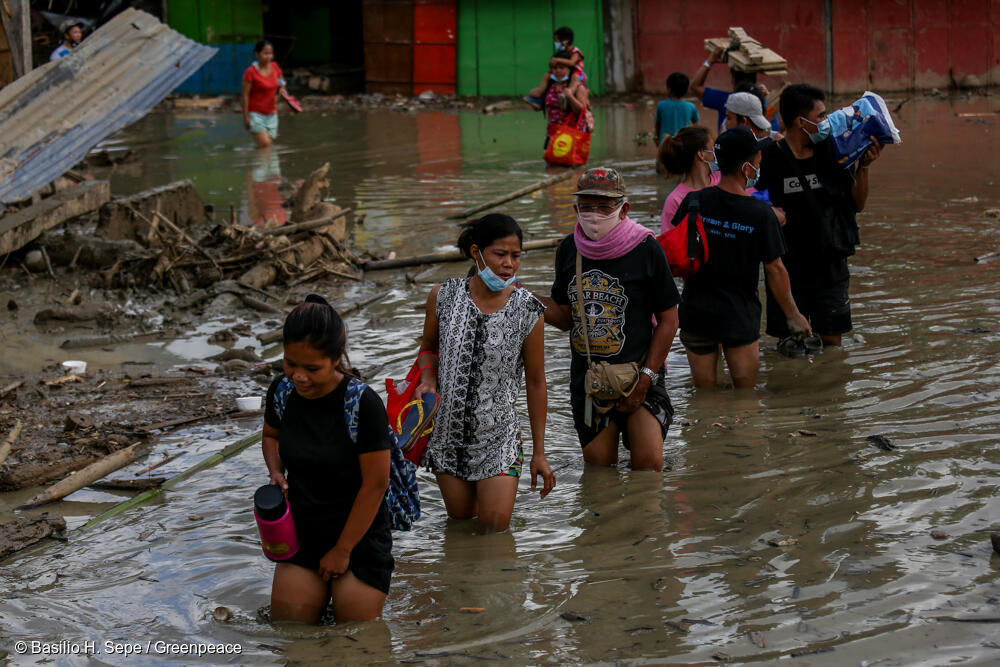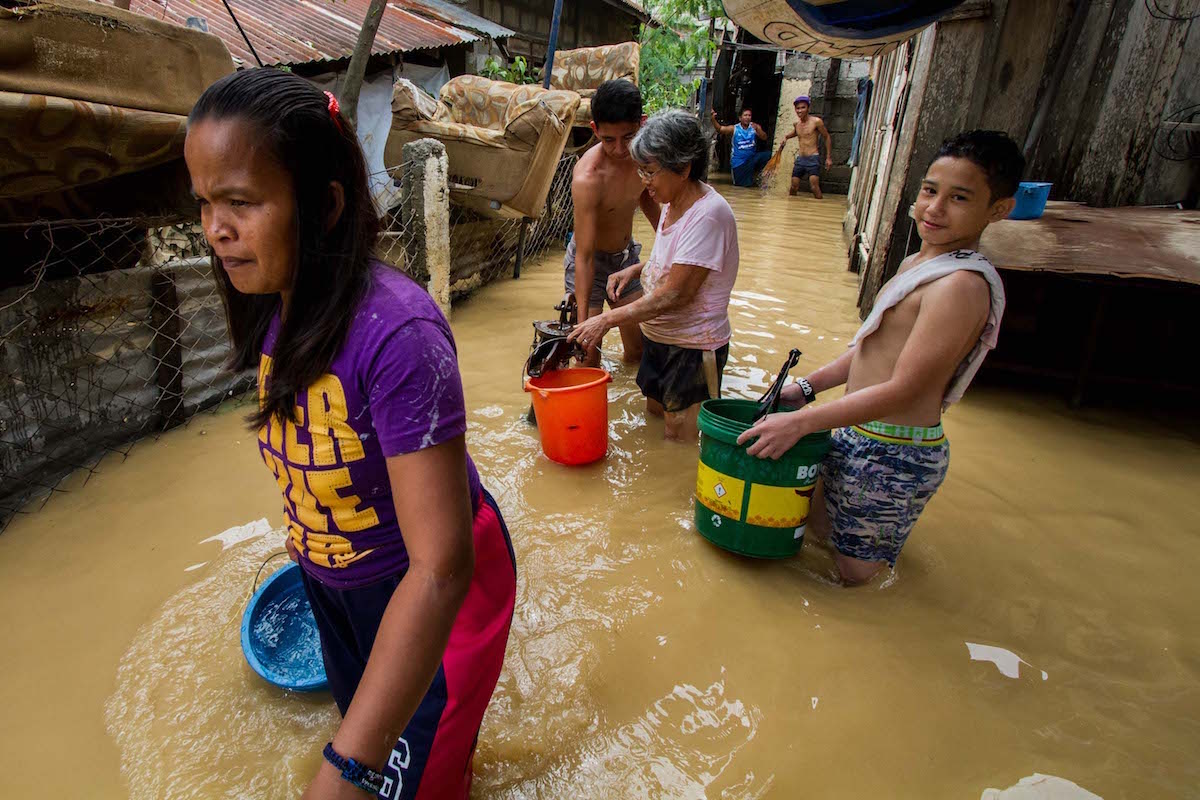Pro-environment group Greenpeace said the Philippines, as a hot spot of “super typhoons,” should put “climate justice” to be “front and center” of the country’s policy agenda.
The group said that strong weather disturbances are no longer aberrations, but are the “new normal” as the country faces the climate crisis.
In a statement on Thursday, May 24, Greenpeace said that based on the new definition issued by the state weather bureau Pagasa, the Philippines experienced 7.5 times more super typhoons from 2016-2021 than previously recorded.
Pagasa changed the classification of “super typhoons” from cyclones that exhibit maximum sustained winds of at least 220 kilometers per hour to 185 kilometers per hour.
Based on the old definition, the Philippines encountered only two “super typhoons” from 2016 to 2021. With the new definition, 15 of the 39 typhoons that passed the country in the last six years can be classified as “super typhoons.”
“It’s official: the Philippines is a ‘super typhoon’ hotspot,” said Greenpeace campaigner Virginia Llorin.
She said that out of the average 20 typhoons experienced every year, “as much as six of these can be ‘super typhoons.’”
“And yet, this is just the tip of the iceberg,” she said. “Science is telling us that we need to prepare for worse scenarios ahead. And without meaningful and urgent climate action, we need to prepare for the worst.”
According to the latest report from the Intergovernmental Panel on Climate Change released earlier this month, climate risks are appearing faster and will get worse sooner than previously assessed, and that they have been disproportionately affecting people in highly vulnerable geographies.
Impacts on communities that are least responsible for the climate crisis, and least able to cope, are also more severe.

In the Philippines, the climate crisis has been costing Filipino communities their lives and livelihoods for decades, and according to data from the government, damages from climate impacts has cost the country around Php 506 billion in the past 10 years.
Greenpeace said that climate will be the defining issue of the next administration.
“The next president will serve during the decade which is the most crucial window for climate action if we are to avoid the worst impacts of the climate crisis,” read the Greenpeace statement.
“Filipinos are already suffering from climate impacts and it will get worse,” said Llorin.
She said the climate crisis impacts very fundamental issues: food, water and energy security, poverty, injustice, health, migration, security and our fundamental rights to life, health, among others.
“To secure all these and ensure Filipinos are able to live decent lives free from fear or want, means that climate needs to be the primary lens in government policymaking and implementation,” she said.
She said six “super typhoons a year is now our new normal.”
“This is not the time for any government, or for those aspiring for the highest office, to be sitting back and thinking that climate isn’t a priority issue,” she said.
“We need systemic changes and justice. The solution is not one-off actions, but bold, visionary, transformative policies that will secure the safety and well-being of Filipinos for decades to come,” said Llorin.







